🦃 I Think I Found Ancient Chinese Medicine in My Own Backyard 🦃
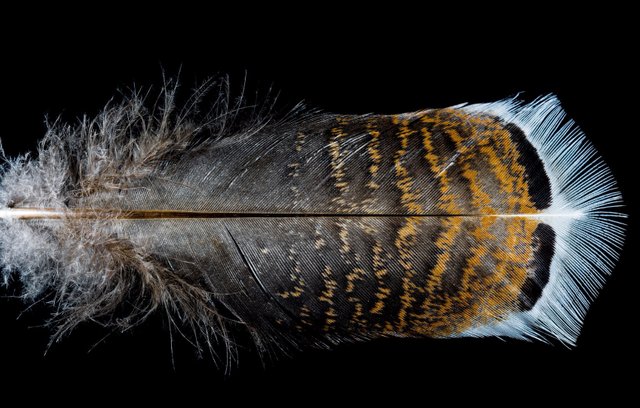
We have a giant oak tree in our backyard and right next to it is a stump from a tree that was growing too close to this monster oak tree and so we purposefully cut it down many years ago.
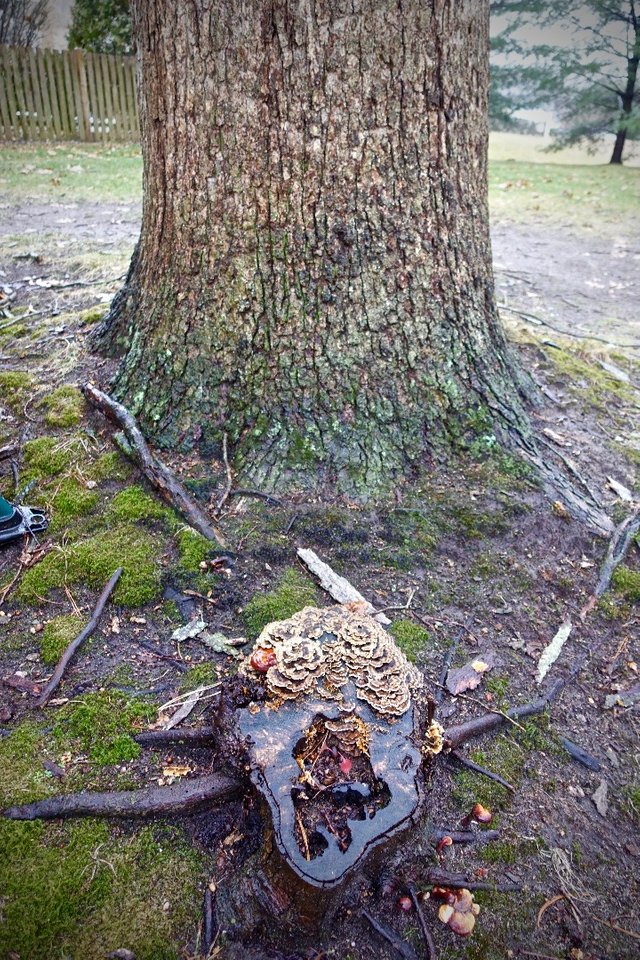
This post shows what I believe to be "true" turkey-tail shelf fungus growing and feasting on the cellulose of this rotting tree stump.
As you'll see here, I took a few of photos of it on January 2, 2017 before our recent snow fall.
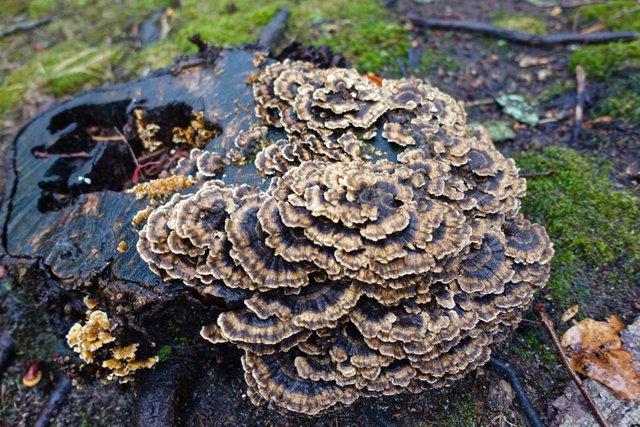
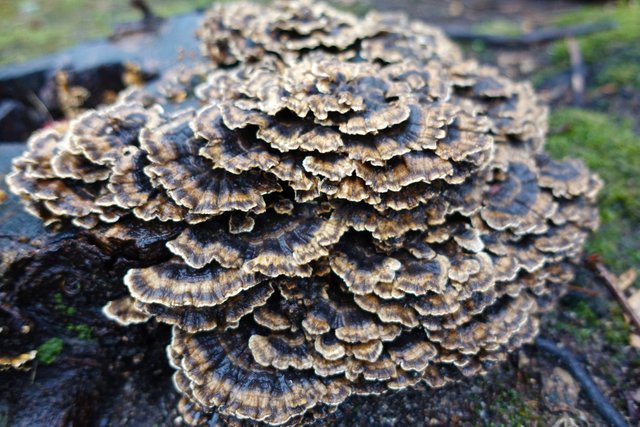
But this morning, before heading off to work, I was thinking about trying to perform some tests to convince myself that it was indeed "true" turkey-tail and not one of two potential impostors. So I walked out back, through the snow to the spot where this "potential" turkey tail was growing.
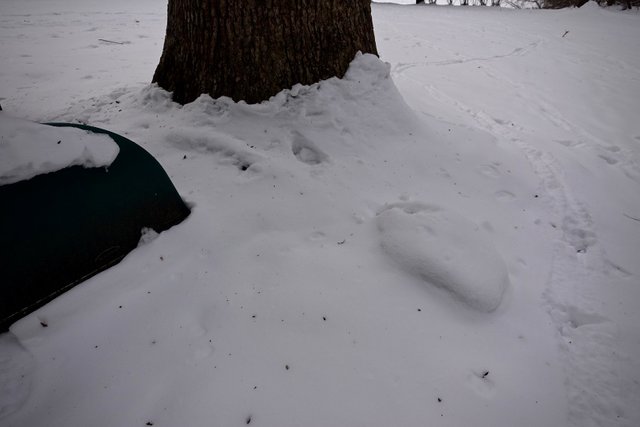
It was all covered in snow, so I brushed it off the best I could and cut off a decent-sized sample to inspect when I got home from work. I Googled a number of websites to find out how to positively identify "true" turkey-tail.
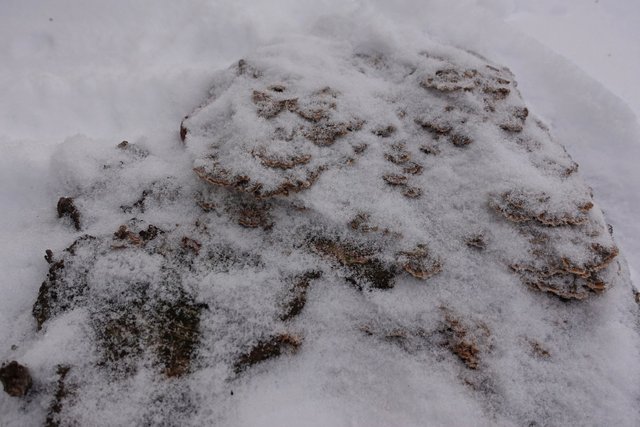
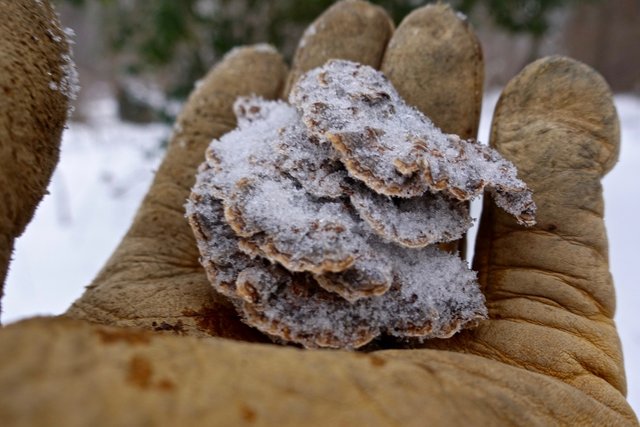
And here are a couple of shots taken indoors this evening on the sample I extracted from the backyard this morning. Hopefully, this will allow you to see a close-up of the velvety, banded color zones on the top as well as the tiny spore pores underneath:

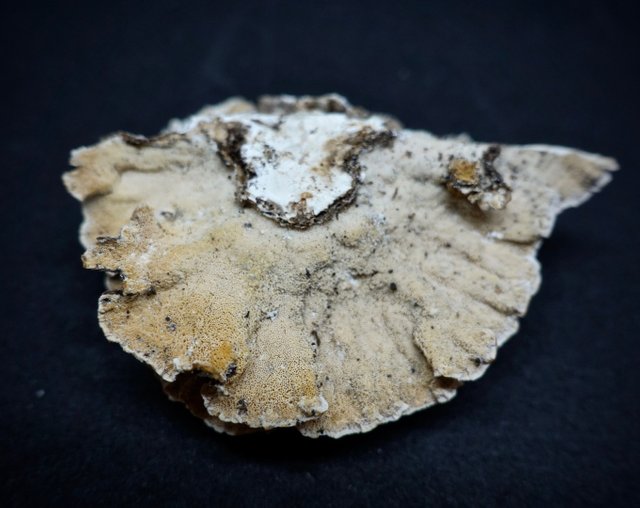
This MushroomExpert.com: Trametes versicolor: The Turkey Tail site has a good set of tests that I figured I'd be able to do with the aid of a pair of OptiVISORs:
Totally True Turkey Tail Test
1) Is the pore surface a real pore surface? Like, can you see actual pores?
Yes: Continue.
No: See Stereum ostrea and other crust fungi.
2) Squint real hard. Would you say there are about 1-3 pores per millimeter
(which would make them fairly easy to see), or about 3-8 pores per millimeter
(which would make them very tiny)?
3-8 per mm: Continue.
1-3 per mm: See several other species of Trametes.
3) Is the cap conspicuously fuzzy, velvety, or finely hairy
(use a magnifying glass or rub it with your thumb)?
Yes: Continue.
No: See several other species of Trametes.
4) Is the fresh cap whitish to grayish?
Yes: See Trametes hirsuta.
No: Continue.
5) Does the cap lack starkly contrasting color zones (are the zones merely
textural, or do they represent subtle shades of the same color)?
Yes: See Trametes pubescens.
No: Continue.
6) Is the fresh mushroom rigid and hard, or thin and flexible?
Rigid and hard: See Trametes ochracea.
Thin and flexible: Totally True Turkey Tail.
Additionally, this Turkey Tail Identification Guide has details on these two imposters which I'll summarize as follows:
Stereum ostrea:
Also called a false turkey-tail or a golden curtain crust. The main identifiable characteristic of this impostor is that it has a completely SMOOTH underside! No pores.Trichaptum biforme:
While often looking like a "true" turkey tail from the top, the underside is toothed! It is covered in tiny, soft spines!
While, apparently, neither of these two fakes are particularly dangerous or poisonous (please do your own research though before deciding to ingest them), they may not possess the alleged positive medicinal benefits of the "true" turkey tail.
OK, so after performing the above tests, I do believe that I indeed have a nice collection of "true" turkey tail in my very own backyard!!! BUT ... I could also be wrong as I really have no qualifications with which to consider myself a mycologist. And if it turns out to be "false" turkey tail, well, I'll chalk it up to an interesting learning experience!

Am I confident enough to put my money where my mouth is and cook up a nice batch of turkey-tail chili, or make a nice turkey-tail mushroom latte?

Well, not really. I'm not exactly dying to earn myself a Darwin Award just yet!

However, if you feel so inclined, the following website is for you:
Turkey tail mushrooms. This colorful mushroom can be found in forests in Europe and China as well as in the woods of the pacific coast in the U.S. Along with other medicinal mushrooms, turkey tail mushrooms have anti-cancer and anti-viral properties. These mushrooms can be found dried and ground up into powders, teas, and supplements.

I'm not a medical doctor of a homeopathic expert, but there sure seems to be lots of information about the potential benefits of incorporating certain mushrooms and fungi into your diet. In particular, the true turkey tail mushroom is currently being studied and trialed at Bastyr University.
Also, this Traditional Chinese Medicine (TCM) site has quite allot of information about turkey-tail mushrooms and lists many of its purported medicinal qualities.
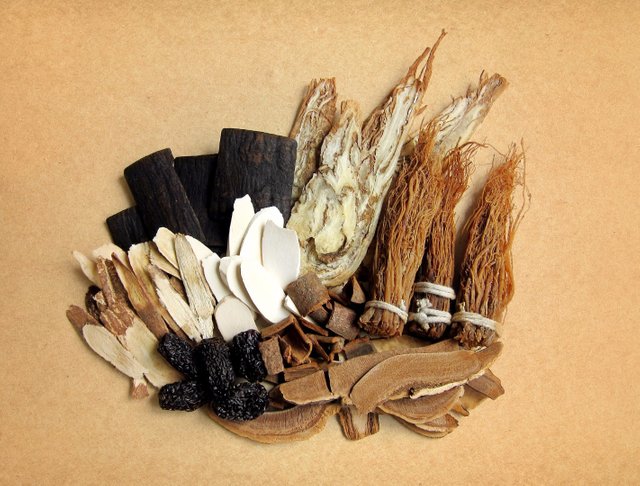

All images @cognoscere (except as noted below) and taken during January 2017 at @cognoscere's house (Sony RX100 V)
That's actually the most beautiful fungus I have ever seen!!! I'm not a mushroom fan - of eating them that is....but I like way the turkey mushroom looks and it does resemble a tail.
Your pictures turned out really well too. You know what though? When I first saw the fungus on the tree it reminded me of cancer....I know....who thinks like that? Me. Cancer does look like that kinda....more like cauliflower. Interesting things we find out on here huh?
Yeah, the turkey tail fungus exhibits very interesting color patterns, and is aptly named IMHO. I used to really like mushrooms until getting sick eating them a long time ago. Part of me misses eating them, but it's just physcological, I just can't do it!
Ya...Im not a fan either. I tried but they taste like dirt to me.. :)